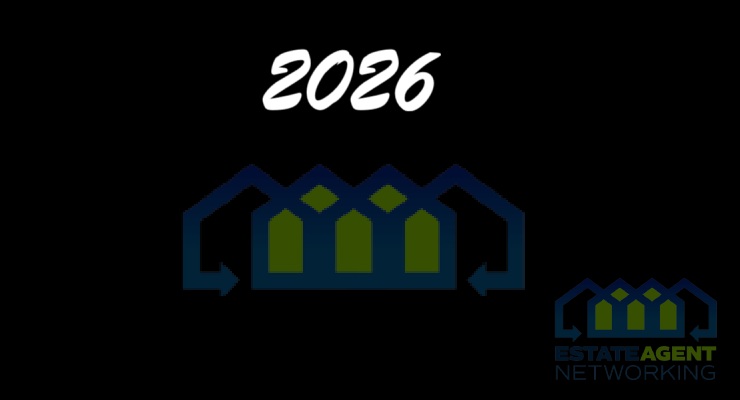How to use your personal income to top up a buy to let mortgage
We have talked a lot recently about lenders tightening their buy to let mortgage criteria especially with regard to rental income requirements – this is set to continue under the Prudential Regulatory Authority (PRA) recommendations which are expected to be implemented later this year.
For a quick recap – lenders a few years ago would require rental income to exceed the monthly payment on the mortgage by about 125%. If your mortgage was £100k and the interest rate 3%, the rental income would need to be at least £312 per month. (£100,000 x 3% x 1.25% divided by 12 months).
Over the last year or so, with a few exceptions, the rental calculation on buy to let mortgages have become much tighter, the calculation being 125% based on a notional 5%, rather than the actual interest rate being paid. So, a £100k loan would require a rental income of £520 per week. (£100,000 x 5% x 1.25% divided by 12). This is quite an increase and has limited the amount of debt available to buy to let investors. (There are some lenders who will still allow 125% at pay rate but these are very rare…)
We have already seen the 125% increase as a result of taxation and other regulatory pressures – some now require rental income to exceed 145% based on 5% or even 5.5% (100k would need £664 per month), and this is where the entire market is heading (which is why we have been telling you to refinance now if you need to!)
All of these problems have been further compounded by increasing capital values and low rental yields, especially in central London, where few properties can achieve a buy to let loan much higher than 55% in the whole – that’s a conversation for another time though.
The ‘mortgage amount based on rental income’ is a very narrow criterion, somewhat entrenched, and on the whole, fails to take into account the wider circumstances of the borrower – wealth, experience, income, other assets and so on. It’s clear that some evolution is needed in this market if it is to survive.
So – with all this in mind – let me explain to you our dazzling product of the week:
A buy to let mortgage based not only on rental income!
One of our favourite lenders has a very small and hidden criterion which can drastically increase the level of debt you can achieve on a buy to let mortgage, if your personal circumstances allow it.
It works like this. The lender:
- Works out what they would normally lend on a buy to let based on 145% at 5.5%
- They look at your personal income (good range of UK taxed sources accepted)
- They note the level of mortgage on your home, other debts and commitments
- They run all this though a calculator then,
- If you have excess income after your total expenses, they will lend you more on the buy to let!
Not rocket science when you think about it; just a little more work and a bit more thought.
This was previously more common in the old days and is how a lot of private banks will operate – looking at your total income, assets, rental income and more, then determining a sensible amount to lend you as a whole.
But – advances like this are more than welcome – especially when you see the interest rates that they are lending at – even up to 75% loan to value.
We have a few ways of achieving higher gearing on buy to let properties and it doesn’t always involve a sky-high interest rate.
ARTICLE BY
Natasha Tulett
MARKETING EXECUTIVE









